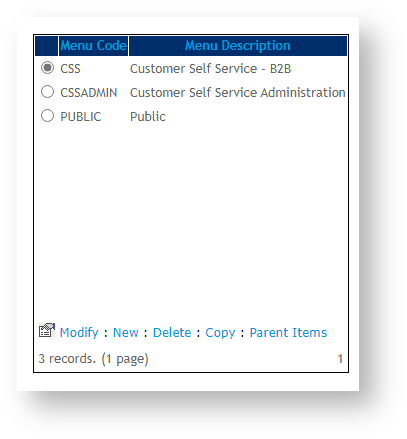Meta tags are text snippets that describe the content of a page. They are not visible on the page itself but are located in its source code, usually in the <head> tag of the page. You can view the source code by right-clicking your mouse, then Inspect (or by pressing F12). Find the <head>...</head> HTML element and open it. If meta name tags have been added, scroll down and find them. You can add meta tags with two attributes: 'keywords' - words or short phrases relevant to the page content, and 'description'- a brief description about the page.
Meta tags are increasingly important as they help search engines understand what a page is about, and can potentially help your SEO rating. By adding this meta data about what is on the page, the page can be categorised more accurately by search engines.
Here is an example for a Home Page:
In general,
Step-by-step guide
What metadata settings will be used on my page?
Metadata keywords and descriptions are set in a hierarchy.
- Global Setting Level
- Page Level
- Category Level
- Product level
So, by default the system uses the Global settings for Meta tag key words and descriptions. If there are Meta tags found at the Menu level, these will override the Global settings. And finally, if there are Meta tags found at Category level, these will override all of the above.
Global Level
Global settings are intended to describe your site. However, keywords entered here will default on every page.
It is not advised that the global setting be used as the same meta name keywords and description will be rendered for all pages and products/categories that do not have specific meta data.
To add meta tags at the global level so they appear on every page:
- As Administrator in the CMS, navigate to Settings → Settings. (/zSettings.aspx)
- The General tab will default.
- In META TAG Keywords, enter the keywords relevant to the site.
- In META TAG Description, enter a brief description of the site.
- To save, click the Update button at the top of the page.
Standard Page
Standard pages are those that come with the Customer Self Service platform out-of-the-box.
To add meta tags at the Page Level:
- As Administrator on your website, navigate to Content → Menu Editor. (/zMenus.aspx)
- Select the required menu via radio button.
- Click Parent Items.
- Select the required menu item via radio button.
- Click Modify.
- In Meta Keyword Tag and Meta Description Tag, enter relevant keywords and description for the page.
- To save, click OK.
Custom Page
Custom pages are those that your business has added to your site. Page title and description can be added. See: custom pages.
When adding a custom page, in the Page SEO Details section, enter a relevant SEO Description and Browser Page Title.
Existing Custom Page
For an existing custom page, to access the Page SEO Details section, find the page, click Edit, then Options, and select Page Properties.
Category
To add meta tags to a category:
- As Administrator logged into your site, navigate to System Preferences → Upload Category Images and Text. (/zCategory.aspx).
- Click the MetaData tab.
- Search for the required category by code or description.
- Select the category record via radio button.
- Click Modify.
- In Meta Keyword Tag and Meta Description Tag, enter the keywords and description relevant to the category.
- To save, click OK.
Product
Only Description can currently be added for a Product.
To add the Description meta tag to a product:
- In the CMS, navigate to Product & Cateogries → Product Maintenance.
- In the SEO Fields section, in Meta Description Tag, enter a description of the product.
Related help







